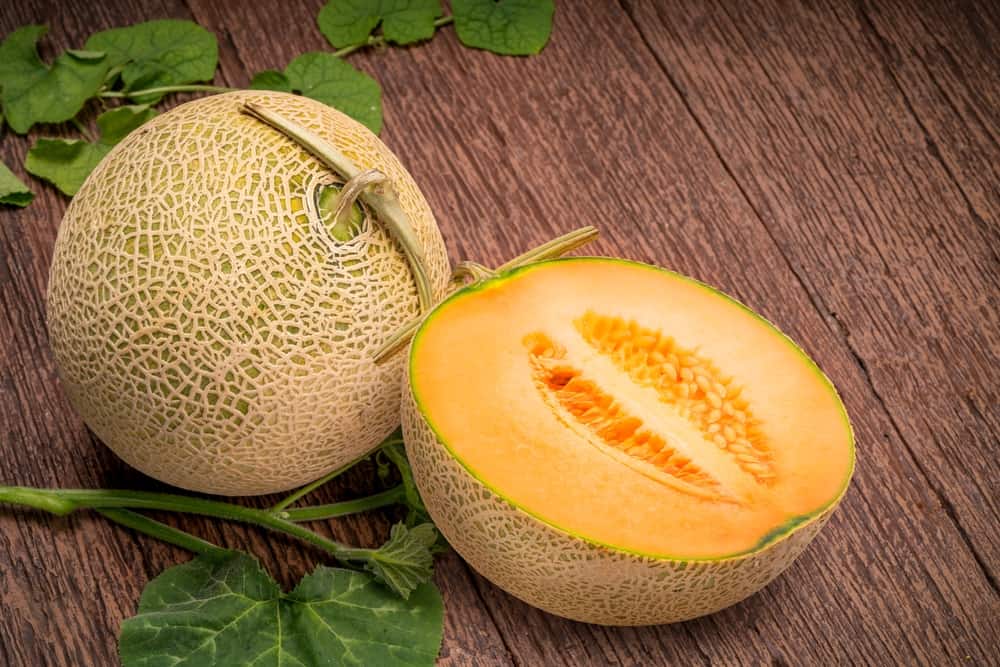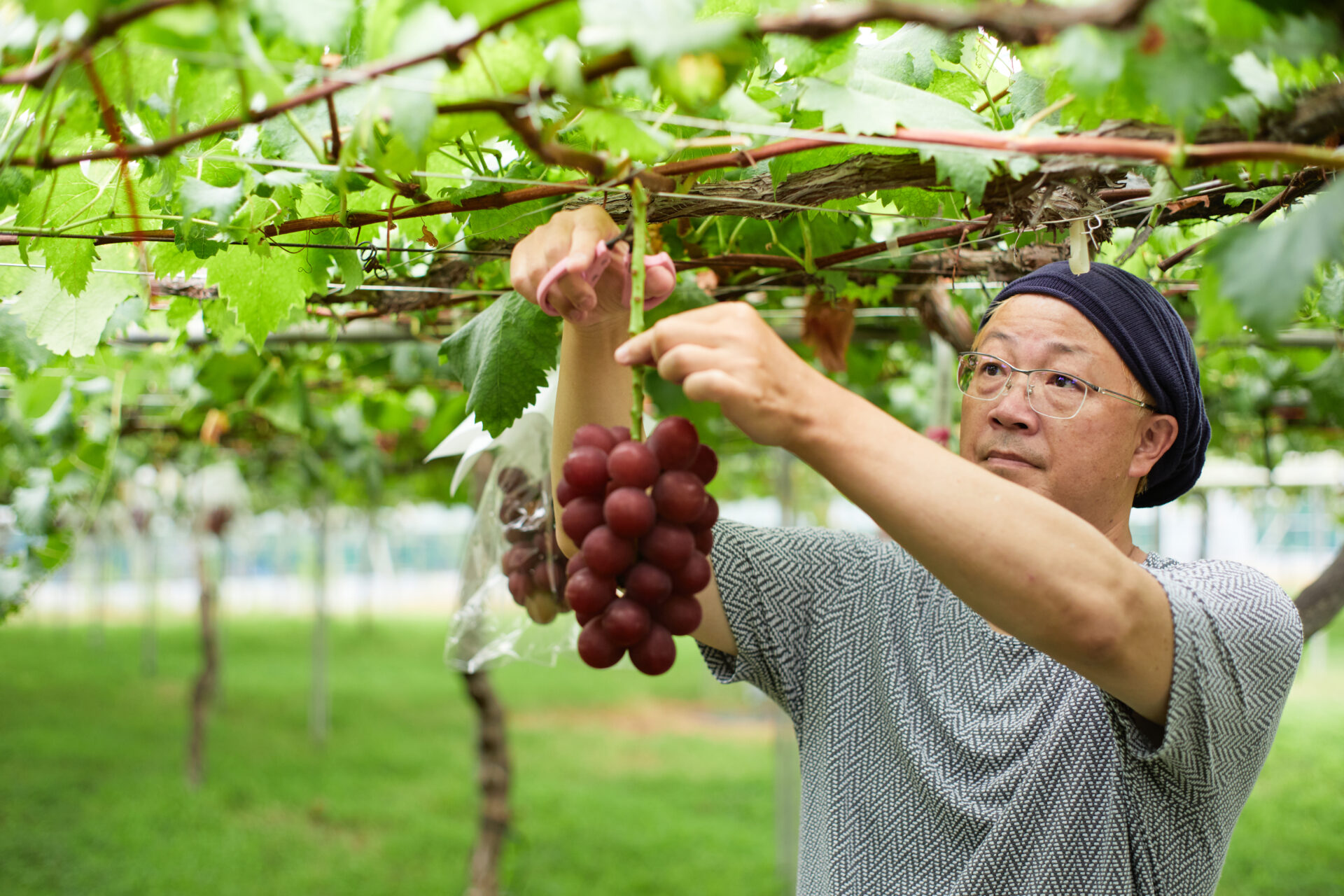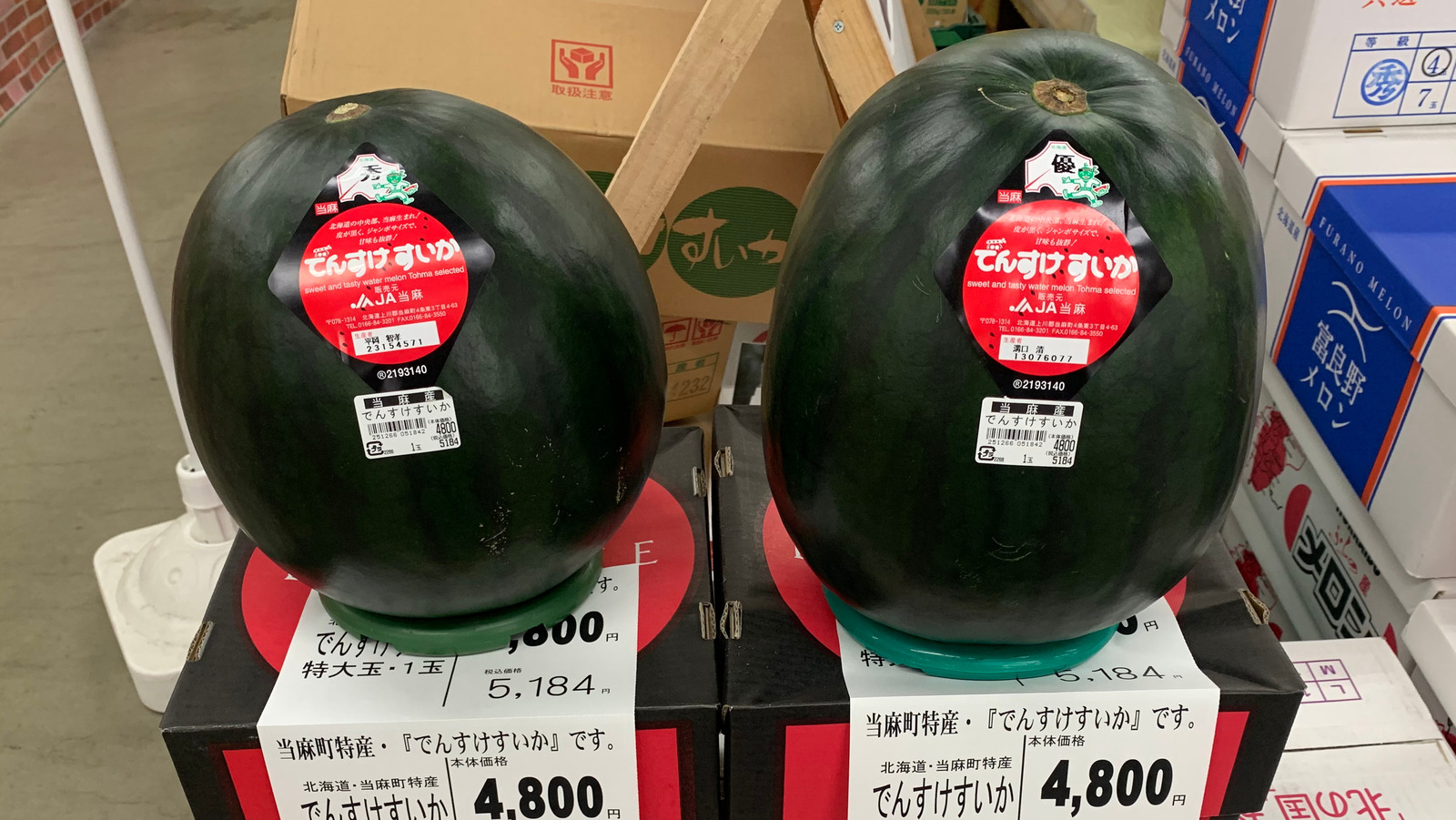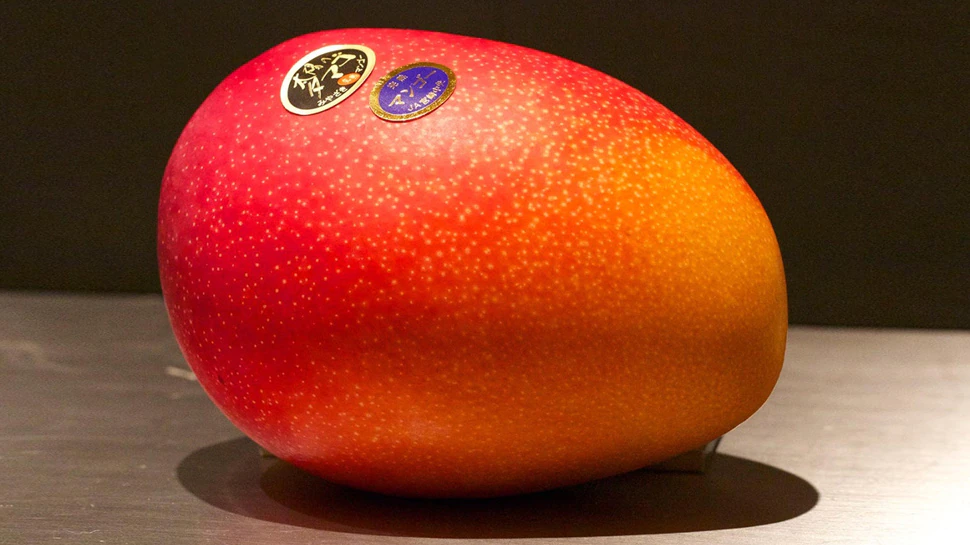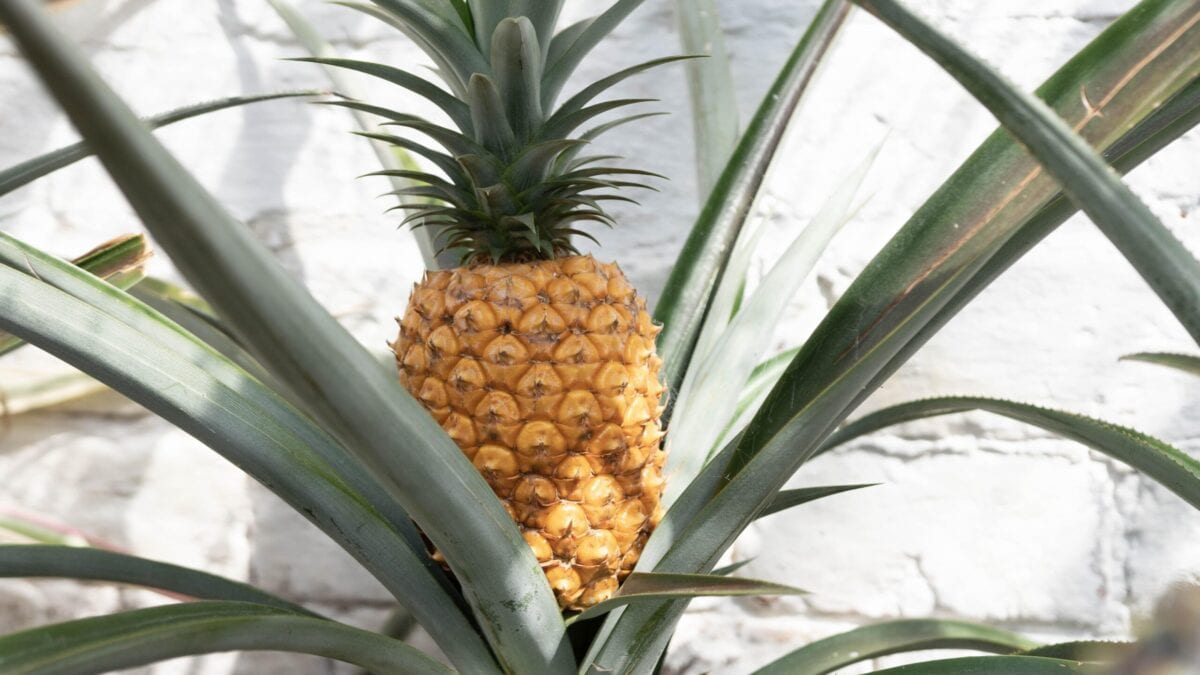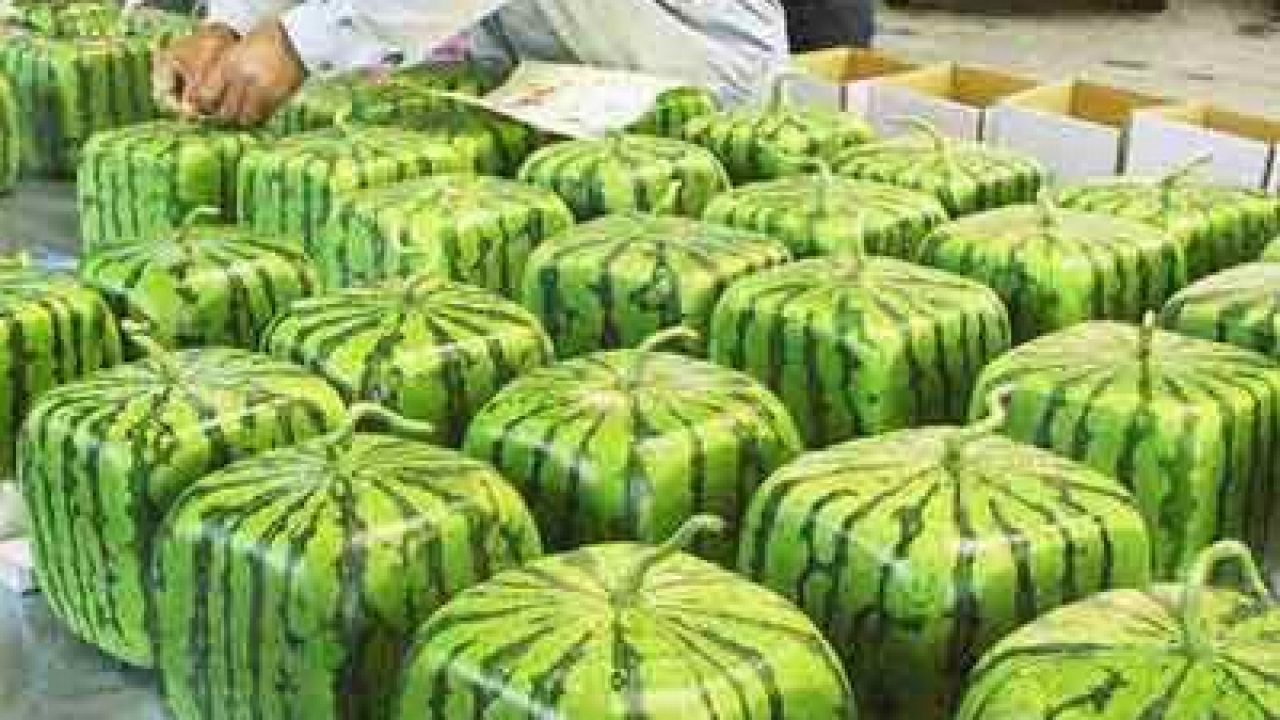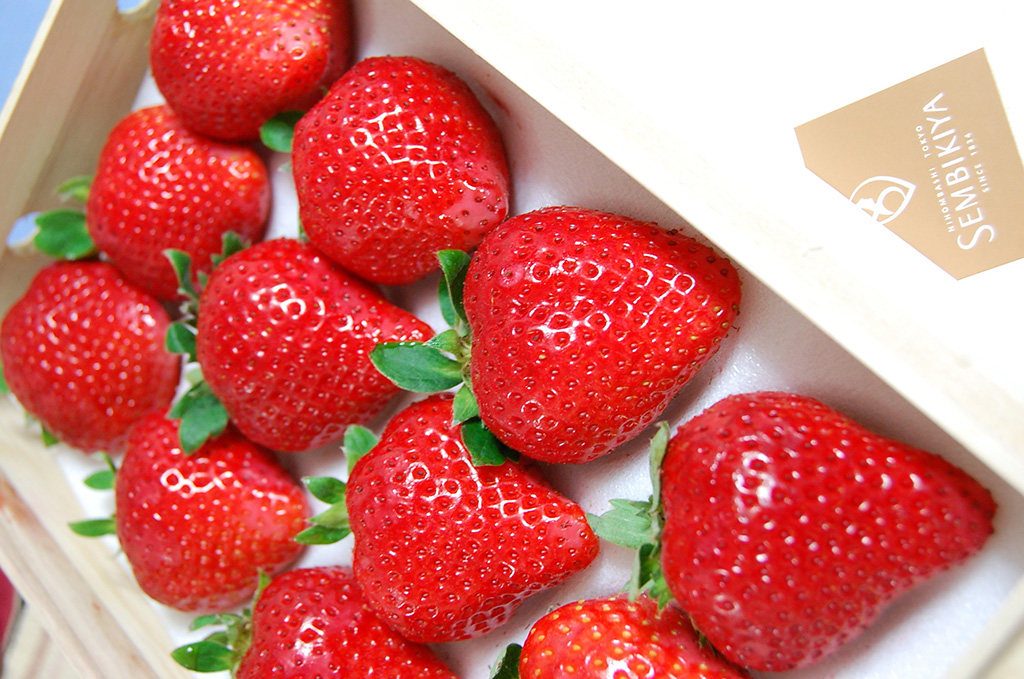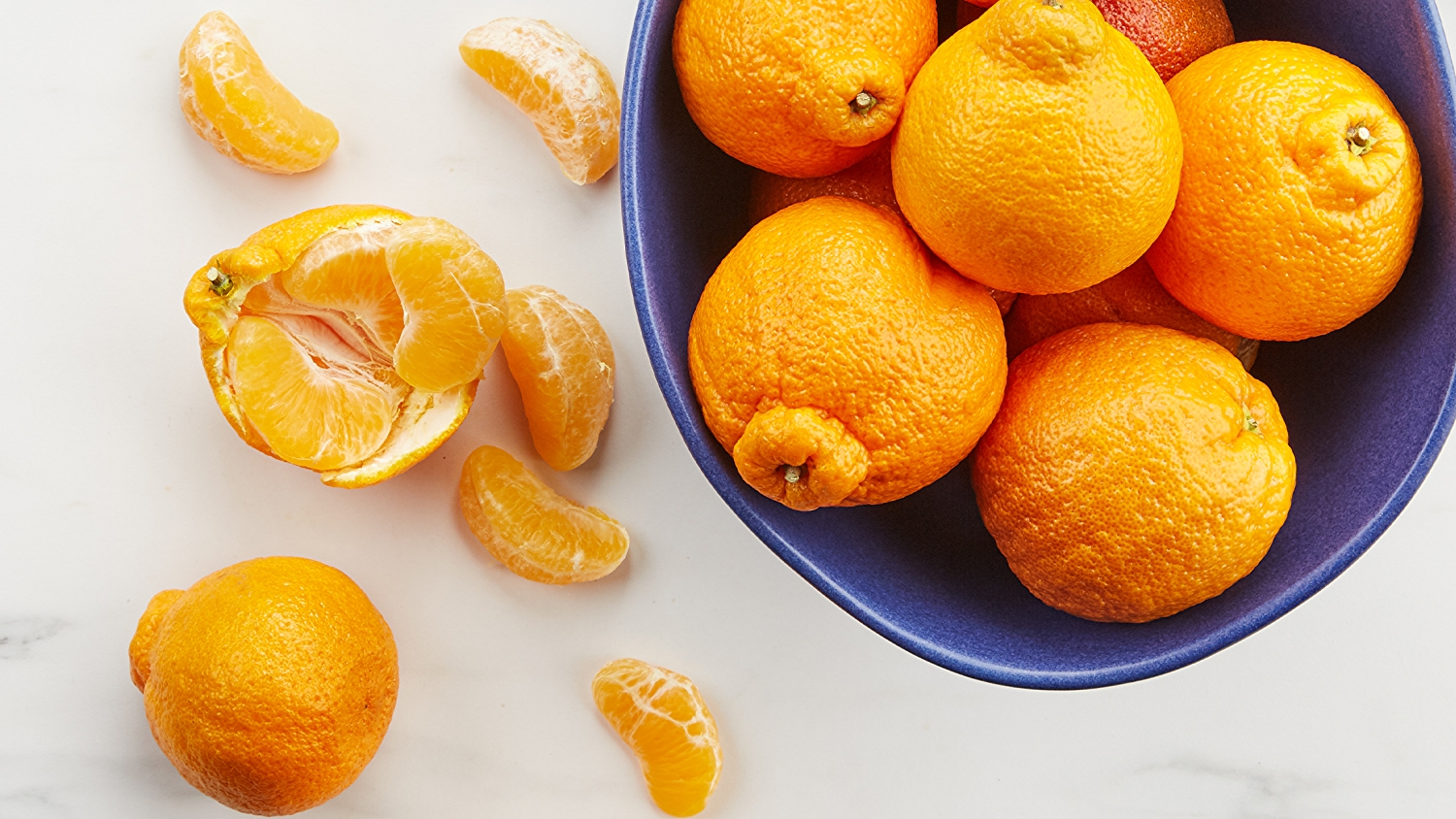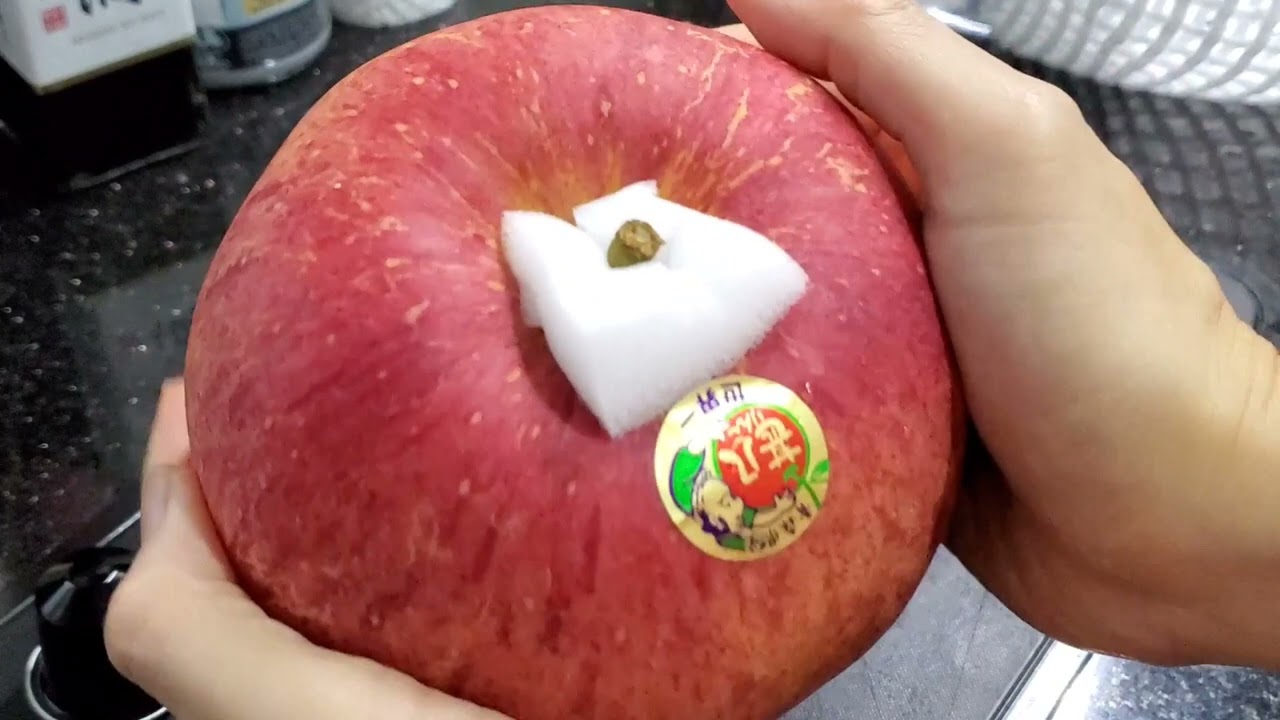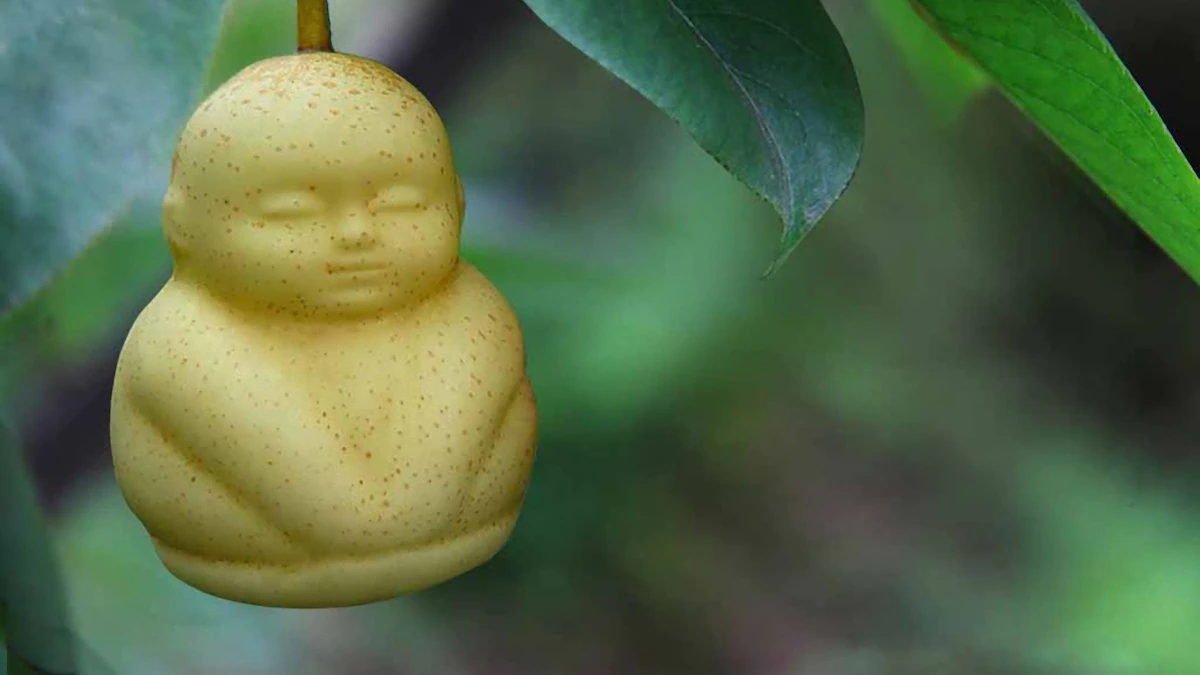Most Expensive
Top 10 Most Expensive Fruits In The World
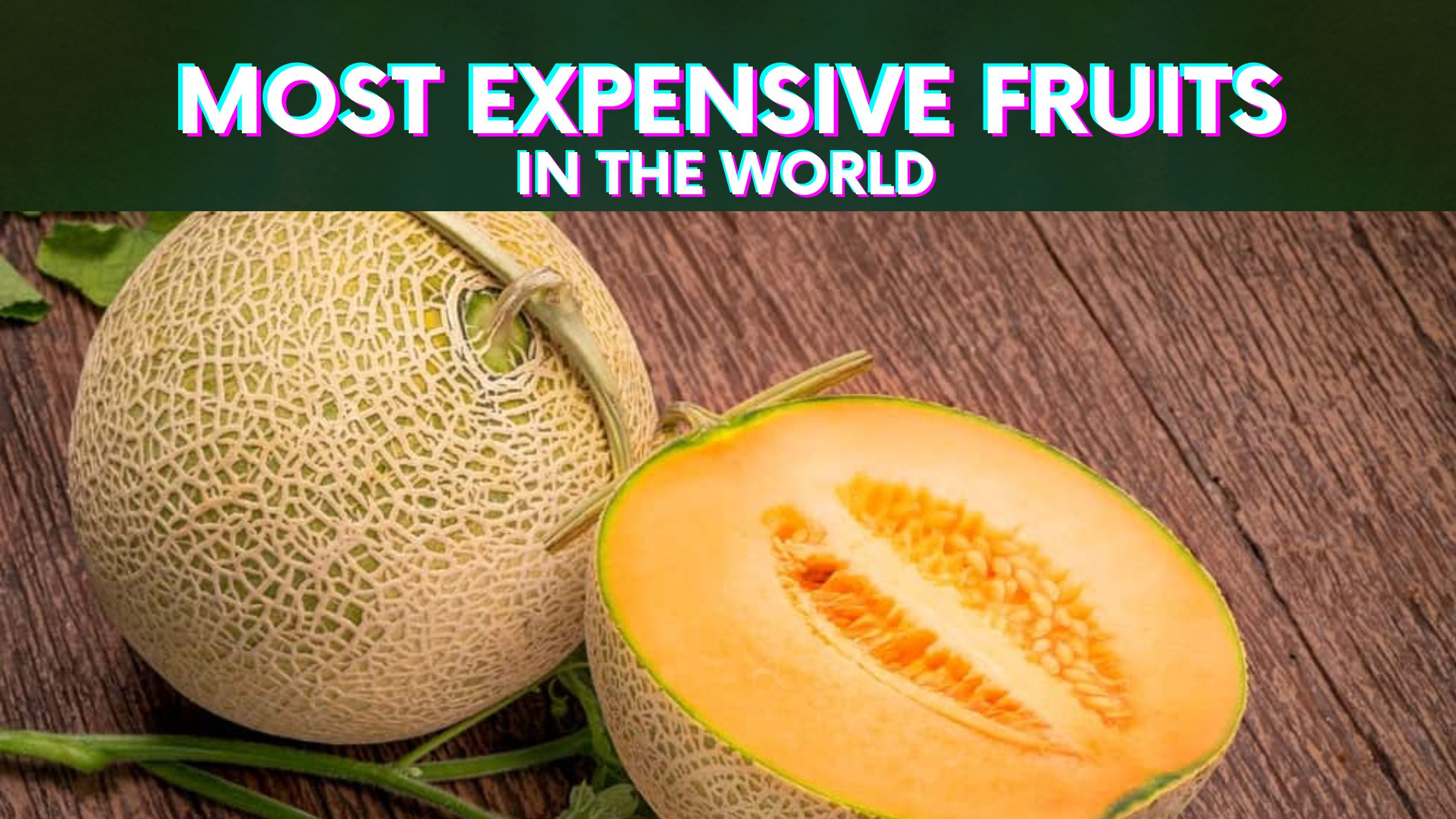
Most Expensive Fruits In The World: It is quite amusing to see fruit among the most expensive things in the world. And as you might be aware eating a lot of foods rich in vitamins and minerals is a tried-and-true strategy to sustain a healthy lifestyle.
People can get a lot of nutrients and energy from fruits. They can be consumed raw, transformed into juices and jellies, or preserved to create jams. Occasionally, different medications, including morphine and opium, are derived from fruits. Some fruits are now pricey items as a result of the current inflation rates in the global economy.
It can be quite expensive to buy fresh fruit, especially if it’s organic or out of season. However, some fruits cost a fortune, whereas the typical piece of fruit at your neighbourhood grocery shop may only cost less. Have you ever wondered which fruits are the most expensive in the world?
What you should know is that some individuals venture a little bit further and produce modified varieties of exotic fruits. They don’t grow that way in nature, and if you want to taste them, you will undoubtedly have to pay much more. Let’s discuss in detail the top 10 most expensive fruits in the world.
1. Yubari King Melon – $45,000/Pair
Yubari King Melon is the most expensive fruit in the world. Melon of the Yubari Kings variety is produced and sold in Japan.
The Yubari King melons, which are only grown in Yubari on Hokkaido, are well known for their sweetness. They are essentially a cross between Earl’s Favorite and Burpee’s “Spicy” Cantaloupe, two other cantaloupe cultivars.
Melons called Yubari King must be constantly tended to by a farmer and are typically only grown in greenhouses. Volcanic ash soil is the name of the soil that the melons grow on. The soil’s readily regulated temperature and the ash’s ability to speed up water drainage are the causes. allowing the top to stay dry in the process. Melons grow larger as a result of this.
The best Yubari King Melons have completely smooth outer skin and are perfectly spherical in shape. The melons are divided into 4 grades based on how they look and how sweet they are. Melons are immediately accepted or rejected based on their grades.
2. Ruby Roman Grapes – $8,400
In addition to Sekai-Ichi apples and square watermelons, Ruby Roman grapes are also occasionally marketed in Japan. These grapes are prized for their size and flavour, but they can be quite expensive and difficult to get. It is around the size of a ping-pong ball and is crimson in colour.
Ruby Roman grapes fetch a premium price since they are only grown in Japan’s Ishikawa Prefecture. Ruby Roman grapes nearly by mistake became sold for the first time in 2008 under careful supervision.
This is not to imply that the commercialization of these grapes wasn’t anticipated or thoroughly investigated. It’s because they weren’t growing in sterile, controlled environments. This grape cultivar organically developed through an unusual and poorly known pollination method.
3. Densuke Watermelon – $6,100
The Densuke watermelon is among the most expensive and elusive fruits to be found in Japan. The Garden Magazine claims that the only place these legendary melons are grown is on the island of Hokkaido.
The melons produce a little number of fruits per season due to their low yields and continual maintenance requirements. Densuke melons are normally approximately $250 USD and have nearly seedless flesh, a black rind, and an extraordinarily sweet flavour. A Densuke melon was sold for almost $6,100 USD in 2008; it is regarded as the most expensive watermelon ever bought and sold.
Although expensive fruit isn’t unique to Japan, CNN Travel argues that the nation’s love of fruit has a particular cultural background. The fruit was traditionally associated with spirituality in Japan, and it was frequently offered to the gods in Japanese temples.
Giving someone a fine, expertly-grown piece of fruit these days is an expression of respect. The gift is also prized for its aesthetics and presentation, which makes it seem more like a fleeting work of art than a nutritious treat.
4. Taiyo no Tamago Mangoes – $3,000
Another fruit among the most expensive fruits in the world is Taiyo no Tamago Mangoes which also has roots in Japan. They are another fruit picked with precision and go by the moniker “egg of the sun.” To be chosen, Taiyo no Tamago Mangoes must weigh more than 350 grams each and have a high sugar content.
Mangoes of the Taiyo no Tamago kind are produced in the Miyazaki prefecture and distributed all over Japan. Even if they don’t frequently cost thousands of dollars, it would be difficult to find one for less than $50 on any given day. What accounts for the high cost of these mangoes?
You would be mistaken to believe that rarity has anything to do with the item’s high price. Mangoes called “Egg of the Sun” are actually a surprisingly wide variety called “Irwin,” which was developed in Florida in the 1940s. A fruit seller in Miami will provide one today for just a few dollars.
The tender care that goes into producing these fruits contributes to their high price. Each mango is encircled by a tiny net, which Japanese farmers use to protect the fruit when it falls from the tree and let sunlight shine through from all angles, giving the skin a consistent, ruby-red colour.
5. Pineapples from the Lost Gardens of Heligan – $1,500
The Pineapples from the Lost Gardens of Heligan are the most expensive pineapples in the world. More so, the Lost Gardens of Heligan estimate that the pineapples would be worth £1,000 each if the labour hours required to grow them were taken into consideration.
They will be sliced up and given to the staff at the attraction close to Mevagissey, but they are not for sale. The pineapples were raised in a greenhouse designed in the Victorian era with regular replacements of fresh horse dung.
The last remaining pineapple-growing region in Europe is The Lost Gardens of Heligan in Cornwall, United Kingdom. It’s a type of pineapple pit that Victorian gardeners utilized in the 18th century. Large amounts of fresh dung and hay that have been soaked in urine are used in this approach, along with a lot of strenuous manual labour, to heat the pit where the pineapples are planted.
We are well aware that neither pineapples nor particularly attractive weather may be found in England. But just partially. It is possible to produce pineapples in England thanks to the country’s favourable climate. That is, with a little assistance from people.
6. Square Watermelon – $800
Square watermelons are a novelty item that is grown in square or cube-shaped containers, rather than the traditional round shape. They were first created in Japan as a solution to the problem of melons rolling around and taking up too much space in small refrigerator compartments.
The square shape made it easier to stack them. The $800 price point for a square watermelon is likely due to its rarity, as well as the added expense of growing them in square containers, which can limit the yield.
Square Watermelons are often grown in small quantities and are seen as a luxury item, which contributes to their high price. The process of growing square watermelons is labour-intensive and requires special square or cube-shaped moulds that
More so, Square watermelons are typically grown using a method called “fruit shaping,” which involves placing the watermelon into a square or cube-shaped mould while it is still small and pliable. The melon then grows inside the mould, taking on its square shape.
7. Sembikiya Queen Strawberries – $85/pack
One of the most expensive fruits in the world is the Sembikiya Queen Strawberry, a premium variety of strawberries grown in Japan and highly prized for its sweet, juicy flavour and large size.
Sembikiya Queen Strawberries are sold at a high price due to their premium quality and limited availability and are considered to be one of the best strawberries in the world. They are often enjoyed as a luxury treat and are a symbol of generosity and good taste in Japan. If you’re looking for a decadent and unique culinary experience, Sembikiya Queen Strawberries are a perfect choice.
8. Dekopon Citrus – $80/pack
Dekopon Citrus, also known as Sumo Citrus, is considered one of the most expensive fruits in the world. It is a type of mandarin orange that is grown in Japan and is known for its large size, distinctive shape, and sweet, juicy flavour.
The fruit is highly prized for its unique taste and is considered a luxury item, with a high price point to match. The fruit’s popularity has grown in recent years, and it is now widely available in speciality grocery stores and online retailers. If you’re looking for one of the most expensive and highly sought-after fruits in the world, Dekopon Citrus is a perfect choice.
Dekopon Citrus is a hybrid of two other mandarin orange varieties, the Kiyomi and the Ponkan. It was first created in Japan in the 1970s. The fruit is known for its distinct, pointed top and its sweet, seedless flesh.
It is considered to be one of the sweetest mandarin oranges available. The high price of Dekopon Citrus is due to its popularity and limited availability, as well as the careful cultivation process required to grow the fruit to its high standards.
9. Sekai Ichi Apples – $12
If you have read about the most expensive pizzas in the world, using Sekai Ichi Apples as an appetizer is not a bad idea. Sekai Ichi Apples are a premium variety of apples grown in Japan.
The name “Sekai Ichi” means “number one in the world” in Japanese, and the apples are known for their large size, juicy flesh, and crisp texture. Sekai Ichi Apples are considered to be one of the best apples in the world and are prized for their sweet, complex flavour.
They are often sold at a high price due to their premium quality and limited availability. In Japan, the tradition of giving and receiving expensive fruit, such as Sekai Ichi Apples, has become a symbol of generosity and good taste. They are typically enjoyed as a luxury treat and are often part of high-end gift baskets.
And the last among the most expensive fruits in the world is the Buddha Shaped Pears. The pears are a unique variety of pears that are grown in China. They are called “Buddha Pears” because their natural shape resembles the rounded belly of a sitting Buddha. These pears are known for their large size and sweet, juicy flesh, and are considered to be a premium fruit.
Buddha Shaped Pears are grown using a special technique that involves placing a pear tree branch into a mould while the fruit is still growing. This mould shapes the pear as it grows, giving it its distinctive Buddha-like appearance.
The high level of care and attention required to grow Buddha Shaped Pears, combined with their unique appearance, contributes to their high cost. Buddha Shaped Pears are often used as a decorative item and are a popular gift, especially during Chinese New Year.
Top 10 Most Expensive Fruits In The World
Here are the top 10 most expensive fruits in the world:
1. Yubari King Melon – $45,000/Pair
2. Ruby Roman Grapes – $8,400
3. Densuke Watermelon – $6,100
4. Taiyo no Tamago Mangoes – $3,000
5. Pineapples from the Lost Gardens of Heligan – $1,500
6. Square Watermelon – $800
7. Sembikiya Queen Strawberries – $85/pack
8. Dekopon Citrus – $80/pack
9. Sekai Ichi Apples – $12
10. Buddha Shaped Pears – $9 Each
Conclusion
These fruits are considered luxury items due to their high quality, unique appearance, and limited availability. They are often given as gifts and are enjoyed as a decadent treat.
Fruit is a staple in diets around the world, but not all fruits are created equal. Some varieties of fruit are considered premium due to their unique appearance, sweet flavour, and high quality.
These fruits come at a premium price, making them a luxury item for those who can afford them. From Japanese strawberries to Chinese pears, the world is home to a variety of expensive fruits that are prized for their quality and uniqueness. We are glad we’ve been able to discuss your question about some of the most expensive fruits in the world.
READ ALSO:
SOURCE: Luxatic, Wealthy Gorilla

